

August 3, 2019
Great cultures ,Hacks
I’ve attended and run a lot of events over the years and the early ice breakers fascinate me because they have a power to open people up and connect and connect them. The first two I came up with, the last three are from the legendary Jack Canfield.
These are best done in small groups of 3-6, though it can also be done in a big group that’s less than 30 people.
1. What are you obsessed with?
This is great because it can be revealing and safe at the same time. You can share a deep fascination or simply the show you’re binging. People laugh a lot through this one and find points of connection they wouldn’t otherwise hear from people only sharing their home town, job and hobbies.
2. What are your pet peeves?
I love going negative because there’s energy there. Like the obsession question, you get to find out something interesting about people, and even what triggers them. It also has the potential to go deep (like causes people care about), or simple (such as people chewing loudly).
3. Sometimes I pretend to…
Now it gets funny. Where are you faking it? It starts out with answers like, “Sometimes I pretend I’m listening when I’ve really spaced out.” It’s great to keep going around for more than one answer. This question and the next ones are really best for smaller groups because it gets more and more vulnerable.
4. Sometimes I feel…
Each person says an emotion they experience that may surprise others. It can be just the emotion (sadness), or the emotion plus a context (Sometimes I feel sad when I’m at a party and I have no idea how to connect with people).
5. If you really knew me, you’d know I…
This is great because it can be about experiences or feelings that are current, or from one’s past. Again, it’s great to keep this going around for a few minutes because there’s a lot of richness there.
Closing
After these exercises you can close by having people go around and acknowledge each other. Just a couple minutes with that person in the center and everyone else chimes in (popcorn style) to say what they respect or like about that person.
You can experiment with these for your group, or even use them one-on-one to get to know someone better.
March 12, 2018
Hacks ,Hiring
I just signed up for a Virtual Assistant Service.
They made it easy on me, by making it challenging.
What?
Yes. Stay with me here…
They could have simply given me a button that said, “Sign up here.” Then they could have taken my money. Yes, that would have been an “easy” process. But how many people would do it, and just sign up cold like that.
Instead, they added friction to me buying their service, and it made it easier.
Let me show you.
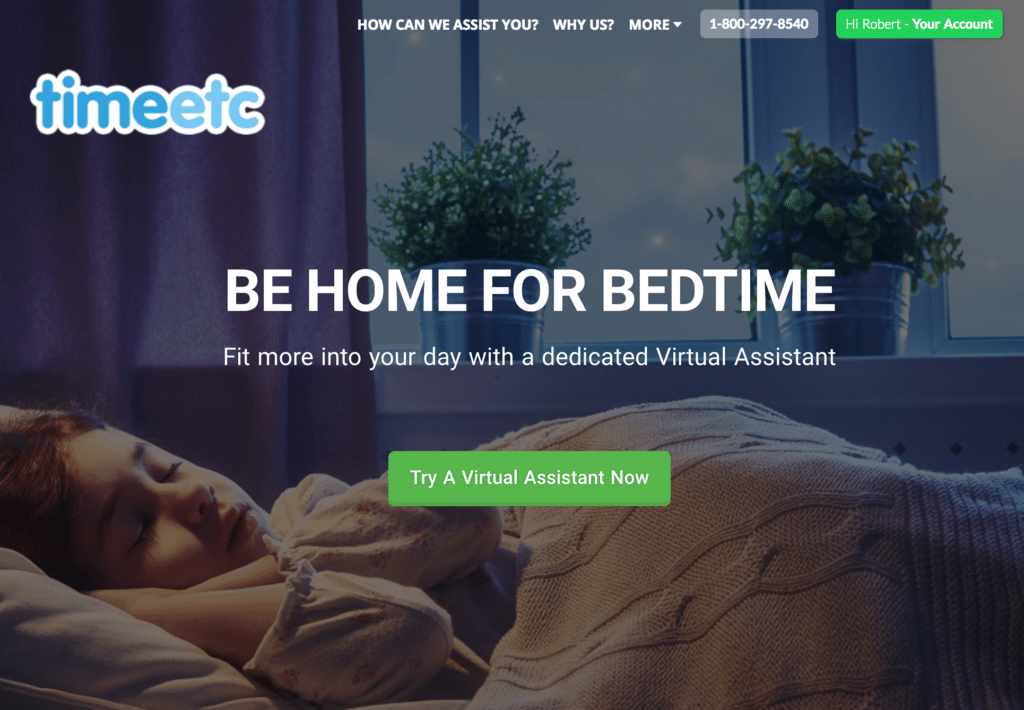
First, they didn’t ask me to buy. They just invite me to try.
After clicking that, they entice me to try it for free, and take my info…
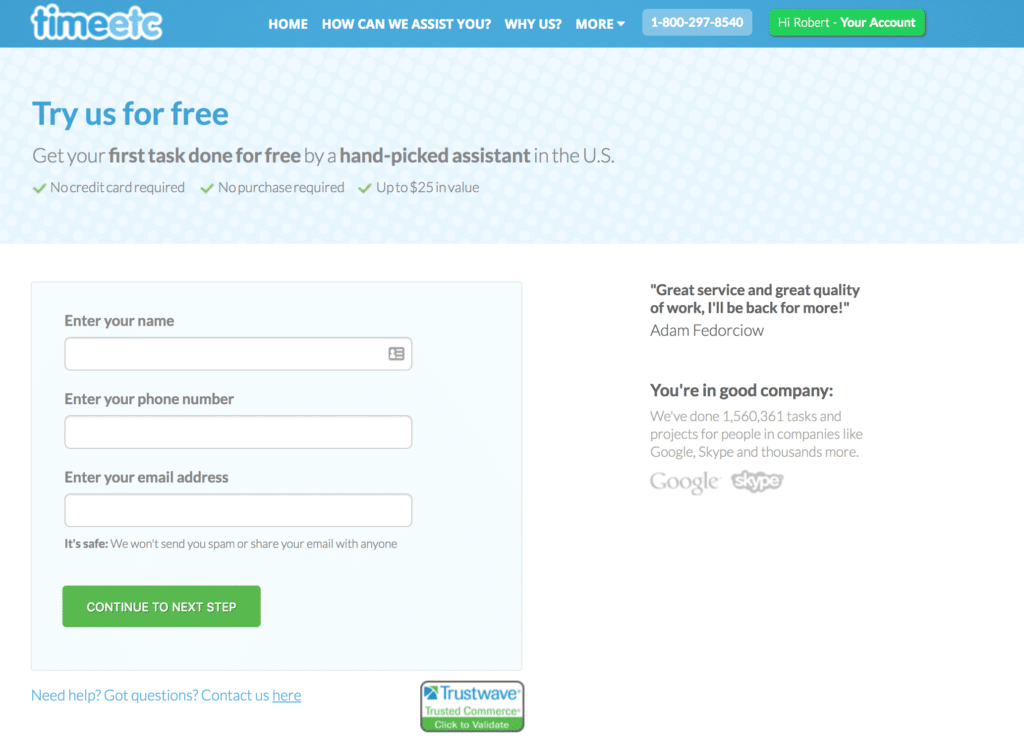
They don’t stop there, because you know how many of us sign up for something like this, let it hit our email and do nothing, right?
So instead, they get me into action, immediately. They ask me to pick a task area, and if I do it within the time limit, then I get a $25 credit.
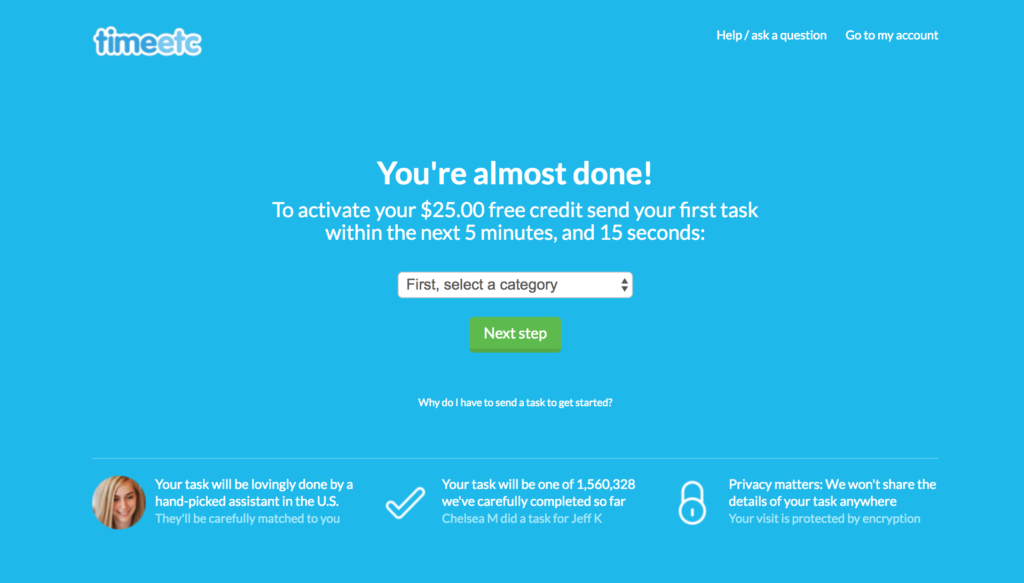
And then step by step, I pick the kind of task I want done:
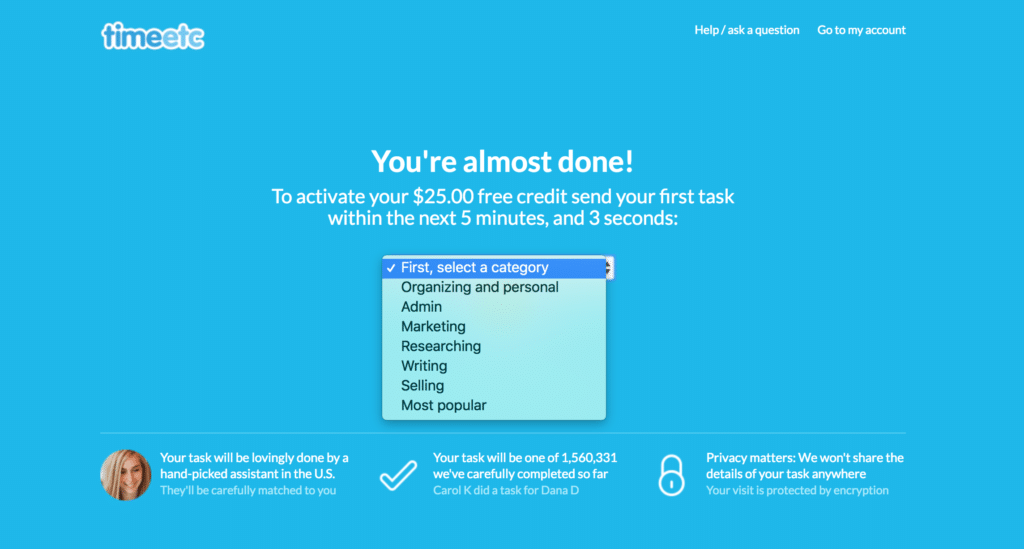
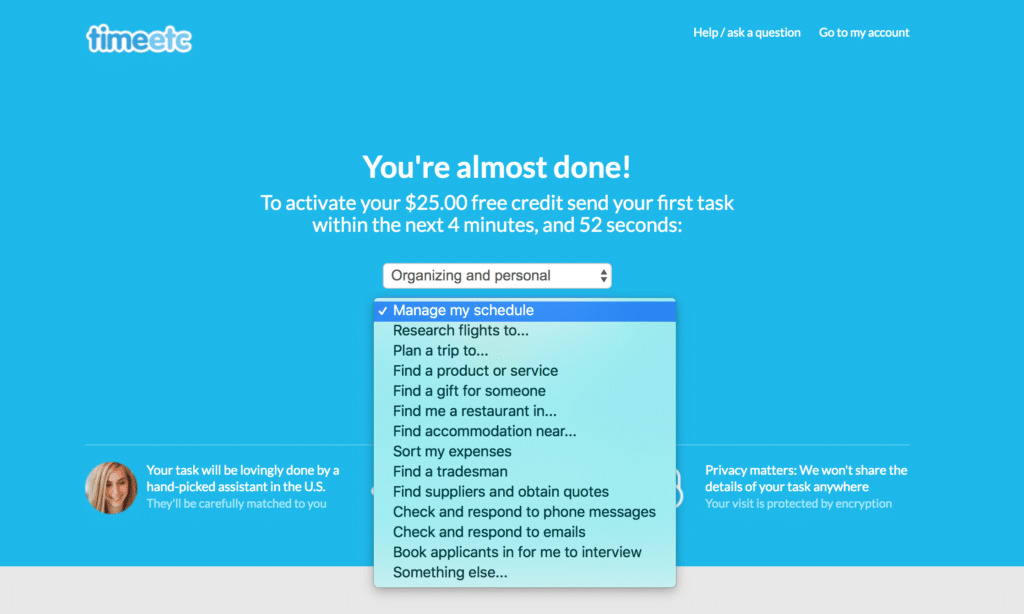
I then go on to give them exact information…
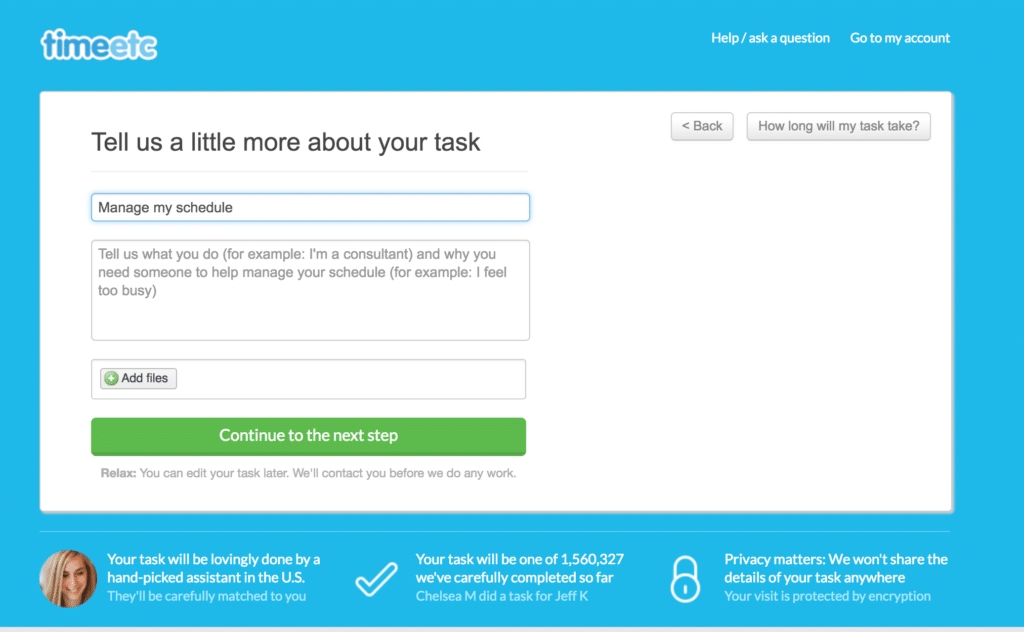
And we’re on our way.
Yes, it’s a lot of steps, but, I believe it drivers higher conversion rates because:
a) They’re very easy.
b) It screens out those who are not serious.
c) I get immediate value, and they are selling by doing.
So how does this relate to your company internally?
1) Rather than post your job opportunities, put up a form to take their email address and their interests, so that you have a way of contacting them if a relevant job comes up. If you just show them the jobs and one doesn’t apply, then you’ve lost them forever.
2) Have them contribute a video of why they are a good candidate.
3) Ask them to use a very specific subject in an email to you, just to see if they can really follow instructions and pay attention to detail. If they can’t do this simple thing, they’re out.
4) Interview people in a group, have them work together on something and have each person say a recommendation for the others to get a job. You can tell how well they play in teams, and how much they’re willing to support the bigger goal.
When I started up the Goals Coach program at Zappos, we had only one coach for 1500 people. Rather than just opening up for coaching, we had them:
1) Apply to be in it, making them think about what they want and why.
2) They had to take a class about coaching and how it works
3) Now that they have had all their prep, the sessions only took 15 minutes, rather than a full hour, thus quadrupling capacity.
Where might you add friction in your business or in your culture in order to serve the higher goal?
October 4, 2017
Great cultures ,Hacks
It used to take me weeks to figure out a culture. I would spend a lot of time with the company and then write a long report about what’s going on.
Now I can quickly diagnose a culture with this question:
“Are people on time for meetings and do they end on time?”
For culture to work properly, it’s all about agreements – our cultural norms. And our realities can be so different that there’s not a lot we can agree on. Even something as simple as honesty can break down when you ask if white lies are okay, or if you argue whether taking pens home from the office is dishonest.
But one thing we can agree on is that we all go by the same clock.
Time is the great equalizer.
So when one person puts their time agenda above others, then the culture system breaks down. That may sound extreme but think of it this way…
Let’s say Bob is leading a meeting that’s supposed to end by 9am and he decides he needs 10 extra minutes to get his point across. Because Bob is a manager people feel like they have to stay. Meanwhile Susan is losing time for her 9am meeting because she needs those people there, who (now) will not be on time.
To put it simply – Being late is all about prioritizing your own individual needs above the group needs. And that is when things break down.
Will being on time solve all problems? No, but it sets the foundation because:
a) People respect the whole over the individual (as a practice)
b) People learn to work with constraints
c) People learn to put integrity above any goal
In all my years of knowing Tony (CEO of Zappos) I have never once seen him be late (both personally and professionally). And he is a leader who achieves a lot, has a ton of fun, and delegates like a master.
Don’t believe me.
Try it (just for a week) and see what happens.
November 27, 2016
Great cultures ,Hacks
One of the biggest challenges I hear from top performing cultures is how to keep their talent. In fact, some have speculated that the old adage, “People don’t quit companies, they quit their managers” is no longer true.
Top companies know that the key to keeping people is a strong progression plan, but they don’t know how to execute on it.
Russ Laraway figured out a great approach to progression while at Google. He discovered that a past/present/future conversation that is based on individuals (rather than positions and titles) is key.
This is the conversation to be like Barbara Walters and figure out what they have loved in the past. It’s about connecting the dots in their story.
The interviewer listens for the skills being developed and ask about what the person sees in their future (from the present view).
Now they co-create a plan together to help that person achieve those goals (both personally and professionally). The interesting part about the plan is that it’s not just about developing their skills, it’s also about developing their network (because that’s how you really get things done). I would also advise building their communication skills.
NOTE: As with any culture hack, it has to be co-created, and you have to keep experimenting. There is no “right way.”
July 18, 2016
Great cultures ,Hacks

In the last blog post I talked about how drugs could impact corporate culture. Well, it turns out the best culture drug is very available and very legal. Most people actually use it, but I wouldn’t say they use it correctly. It’s called coffee.
Quick story: There was a company from Mexico that visited the Zappos Insights program. They saw the popcorn machine in the front and said that’s the culture hack they’re taking back home. I thought, “What?! You can’t think a popcorn machine will help culture.” Well, I was wrong. It became a central hub of conversation. A group of people took care of it, another group operated it, another group brought seasonings and flavors. Talk about co-creation around ritual!
I knew coffee could be a great ritual when I read about how Apple does it. But I was really happy to see a service bring it all together: Bloom. They were launching a startup, and then…
To spice things up and quench a mad thirst for delicious coffee, we created a coffee corner in our office. Soon, we were brewing fresh coffee everyday with our coworkers. We knew more about who we were working with plus what they were working on.
The coffee culture we built not only made us more effective at our jobs, but made everyone’s days more enjoyable.
Now they have a service around providing quality coffees. And it’s not just the quality, it’s the ritual, it’s the process. And of course, coming together.
And then there’s the Bulletproof coffee phenomenon I’ve talked about before. I’ve introduced it to people and went from six cups of coffee a day, down to one of Bulletproof.
While great coffee won’t solve all culture problems, I’ve definitely seen how weak cultures almost always serve weak coffee. (I’ve even seen them charge for it!)
If you do get into coffee, I recommend checking out how to hack the coffee experience.
Let me know how it goes! [email protected]
July 6, 2016
Culture of Chaos ,Hacks ,Productivity
When Lance Armstrong got to Europe for his first Tour de France, he quickly realized he had to either start doping or accept losing to those who did. It was a different game.
Could corporate America go the same direction? It’s possible.
Silicon Valley executives have long been known to take modafinil (brand name Provigil) to gain a cognitive edge, and it seems that Wall Street does as well. Still others create their own “custom stacks” of over the counter supplements.
These smart drugs seem to speed up the brain, and yet other workers use the effects of marijuana to focus and reduce stress.
And what about for insights and ideas? In this piece on CNN, Venture Capitalist Tim Ferriss shares that every billionaire he knows “takes psychedelics on a regular basis.”
And if we look at the offices of a smart drug supplement company, what do they do to get that extra edge? Fasting. Nootrobox‘s employees stop eating from Monday night to Wednesday morning every week. This article in Fortune explains the psychology of why fasting actually enhances our cognition.
Could performance-enhancement be the new reality of companies that outperform the others, the way doped riders took all the awards at the Tour de France?